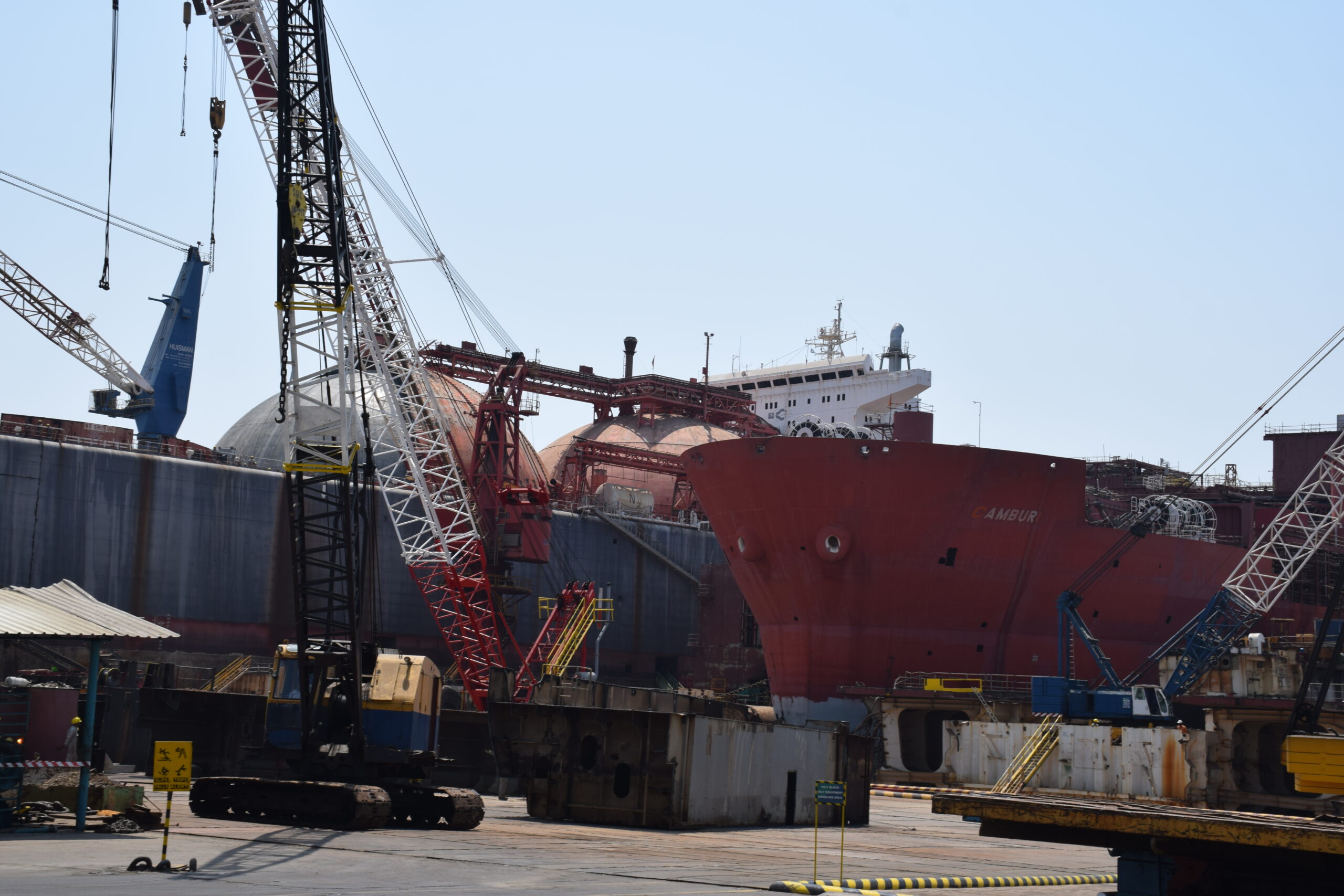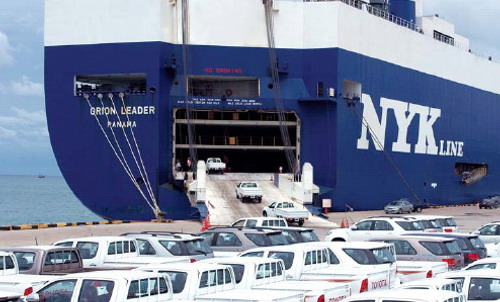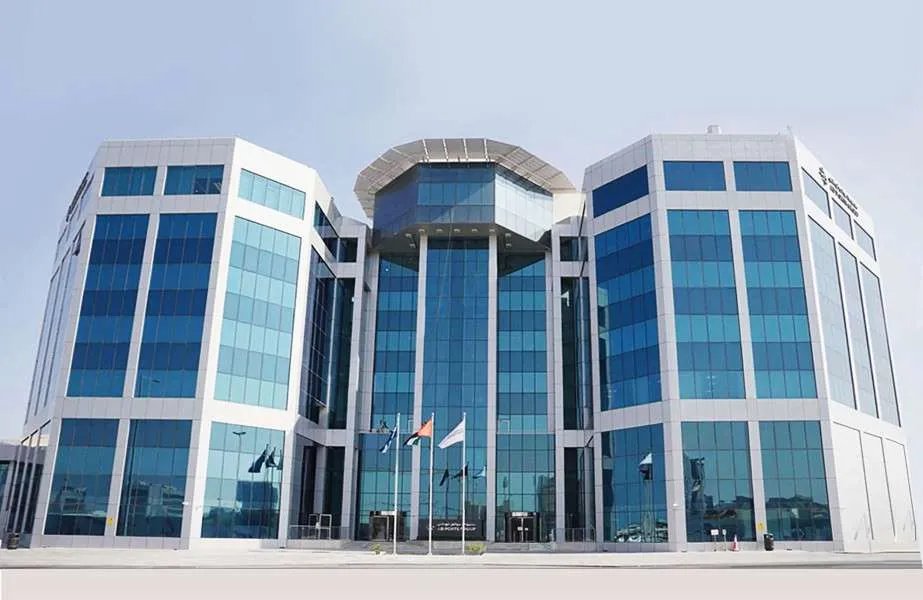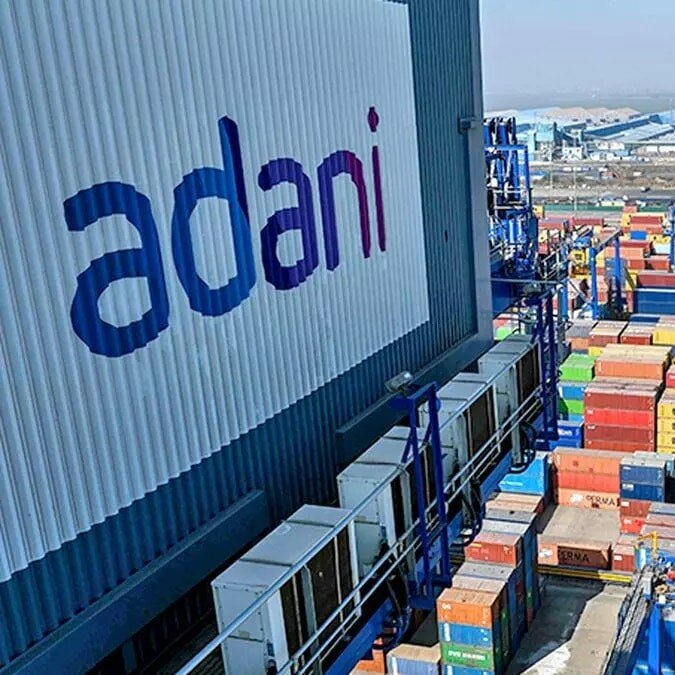Unraveling the Mystery: Why Car Carrier Ships Attract Fires

Car carrier ships, also known as RoRo (Roll-on/Roll-off) vessels, play a crucial role in the global automotive industry by transporting thousands of vehicles across oceans. Despite their vital function, these ships have faced a growing concern in recent years: the alarming frequency of fires on board. The reasons behind why car carrier ships are susceptible to fires are multifaceted and complex, involving a combination of factors ranging from the nature of the cargo to the design and operation of these vessels. Car carrier ships, also known as vehicle carriers or RO-RO (Roll-On/Roll-Off) vessels, have long been a vital component of global trade, facilitating the transportation of automobiles across oceans. However, in recent years, a peculiar and concerning trend has emerged – the occurrence of fires on these specialized vessels. This phenomenon has raised eyebrows within the maritime industry and drawn attention from safety regulators, ship operators, and the public alike. In this article, we delve into the depths of why car carrier ships seem to attract fires, exploring the various factors that contribute to this enigmatic occurrence.
Unraveling the Mystery: Why Car Carrier Ships Attract Fires
- Cargo Composition:
One of the primary reasons car carrier ships are prone to fires is the nature of the cargo they carry. Modern vehicles are equipped with various electronic components, including advanced control systems, navigation systems, and entertainment systems. Additionally, the fuel in the vehicles’ tanks and the presence of flammable materials in the interiors contribute to the combustible nature of the cargo.
- Electrical Systems and Faults:
Car carrier ships are equipped with intricate electrical systems to support the loading and unloading of vehicles. These systems involve numerous electrical connections, power sources, and control mechanisms. Electrical faults, short circuits, or malfunctions in these systems can easily ignite a fire, especially when coupled with the combustible cargo on board.
- Insufficient Fire Prevention and Detection:
In some cases, the lack of adequate fire prevention and detection systems on car carrier ships can exacerbate the risk of fires. The vast and complex structure of these vessels can make it challenging to promptly detect and respond to a fire. Improperly maintained or outdated fire suppression systems can further compromise the ship’s ability to contain and extinguish fires effectively.
APM Terminals and DP World Forge Alliance for Zero-Emission Ports at COP28
- Inadequate Training and Emergency Response:
The human element also plays a crucial role in the occurrence and management of fires on car carrier ships. Crew members need to be well-trained in fire prevention, emergency response procedures, and the use of firefighting equipment. Insufficient training or lack of awareness among the crew can lead to delays in responding to a fire, allowing it to escalate before proper measures are taken.
- Design Flaws and Materials:
The design and construction of car carrier ships can contribute to the risk of fires. The use of flammable materials in ship components, inadequate insulation, or poor ventilation systems can create an environment conducive to fires. Design flaws may also result in challenges in accessing certain areas of the ship during firefighting operations.
- External Factors:
Car carrier ships operate in diverse environmental conditions, and external factors such as rough seas, extreme weather, or proximity to other vessels can increase the likelihood of fires. Collisions, accidents during loading or unloading, and interactions with other ships can introduce unexpected risks that may lead to fires.
Conclusion:
The phenomenon of car carrier ships attracting fires is a complex interplay of factors involving the cargo, electrical systems, fire prevention measures, crew training, and ship design. As the global automotive industry continues to grow, addressing the challenges associated with fires on these vessels becomes imperative. Improved safety standards, advanced fire detection and suppression systems, enhanced crew training, and rigorous inspection and maintenance protocols are essential elements in mitigating the risk of fires on car carrier ships. Only through a comprehensive and collaborative approach can the maritime industry ensure the safe and secure transportation of vehicles across the seas.
Author: shipping inbox
shipping and maritime related web portal








